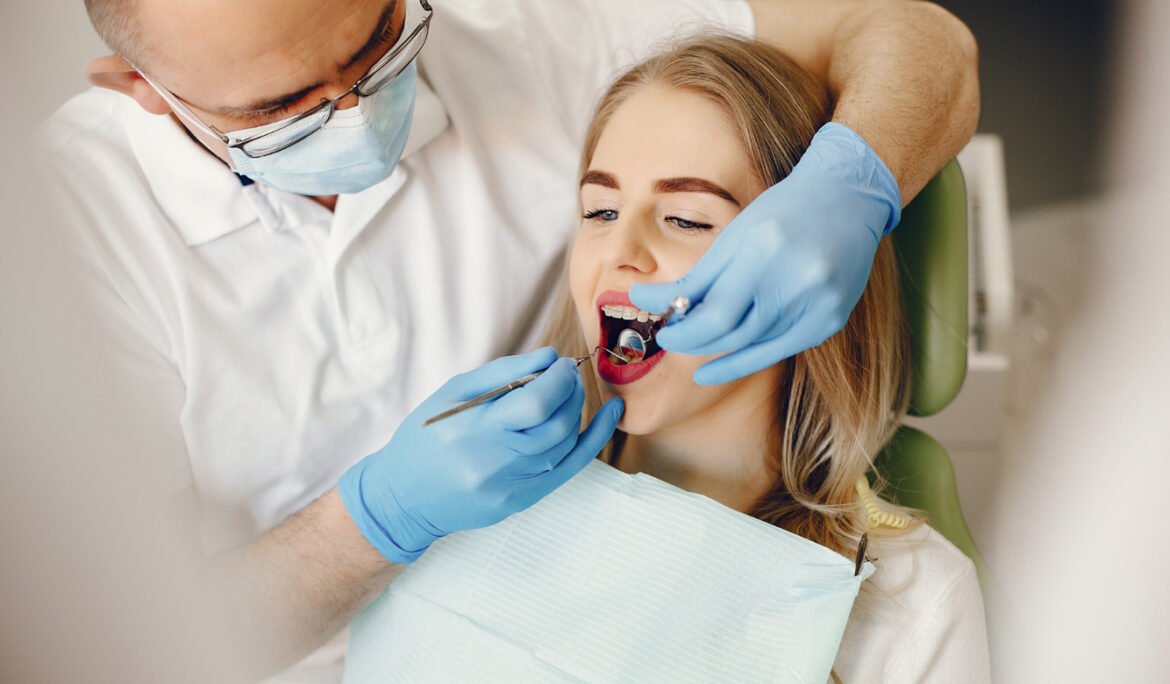- Brushing: Brushing your teeth twice a day with fluoride toothpaste can help remove plaque and food particles and prevent tooth decay and gum disease.
- Flossing: Flossing daily can help remove plaque and food particles from between teeth that cannot be reached by brushing alone.
- Mouthwash: Using mouthwash can help kill bacteria and freshen breath, and some mouthwashes also contain fluoride to help prevent tooth decay.
- Dental checkups: Regular dental checkups and cleanings can help identify and address dental issues early and prevent more serious problems from developing.
- Healthy diet: Eating a balanced diet that is rich in vitamins and minerals can help keep teeth and gums healthy and prevent tooth decay and gum disease.
- Avoiding tobacco: Not using tobacco products can help prevent oral cancer, gum disease, and other oral health issues.
- Mouthguards: Wearing a mouthguard during sports and other physical activities can help protect teeth from injury.
- Bruxism: Bruxism, or teeth grinding, can cause tooth damage and other dental issues. Managing stress and using a mouthguard at night can help prevent bruxism.
- Teeth whitening: Teeth whitening treatments can help improve the appearance of teeth that have become discolored due to aging, tobacco use, or other factors.
- Orthodontics: Orthodontic treatments, such as braces and clear aligners, can help correct misaligned teeth and improve overall oral health.

AMC Entertainment sparks calls for scrutiny
- Fluoride: Fluoride is a mineral that can help strengthen tooth enamel and prevent tooth decay. Many toothpastes and mouthwashes contain fluoride.
- Sealants: Dental sealants are a protective coating that can be applied to the chewing surfaces of molars to help prevent tooth decay.
- Gum disease: Gum disease, also known as periodontal disease, is an infection of the gums that can cause tooth loss if left untreated.
- Root canal: A root canal is a dental procedure that removes infected or damaged tissue from inside a tooth to prevent further damage or infection.
- Tooth extraction: A tooth extraction is a dental procedure that involves removing a tooth that is severely damaged or infected.
- Dental implants: Dental implants are artificial tooth roots that are placed into the jawbone to support a replacement tooth or bridge.
- Oral cancer: Oral cancer can develop in the mouth or throat and can be detected early through regular dental checkups.
- X-rays: Dental X-rays are diagnostic images that can help detect dental issues that are not visible during a visual exam.
- Sedation dentistry: Sedation dentistry involves using medication to help patients relax during dental procedures.
- Cosmetic dentistry: Cosmetic dentistry includes procedures that improve the appearance of teeth, such as teeth whitening, veneers, and dental bonding.











